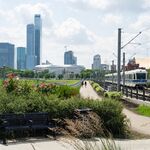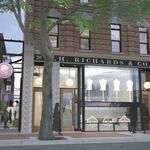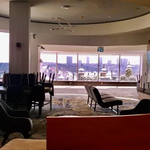The_Cat
Senior Member
The nicest architecture seems to be in Strathcona or Oliver/Wihkwentowin.
The nicest architecture seems to be in Strathcona or Oliver/Wihkwentowin.
The old stuff does not surprise me. Sadly, we do not have much of it here and don't always cherish what we have left.I've been to Winnipeg a couple times in the last few months and my honest take away from spending time there is that their architecture blows Edmonton's out of the water. I'm also not even talking about old stuff which they do better, it seems like all of their new 6-12 story apartments have a way better more unique finish to them compared to here where everything is very generic and in lots of cases pretty cheap looking.


Nice to see that snowclearing has improved!I wish we had a better rendering of the Agency Building

A moment in history: Dec. 13, 1945
On this day in 1945, one of Edmonton's oddest downtown office buildings was sold.edmonton.taproot.news

It's really, really cool.The National Museum for Human Rights is nice.

One could argue that there’s a sort of market failure at work here: because architecture is ultimately funded by the people who occupy a building but viewed by people outside of it, there are externalities (in the form of benefits of attractive exteriors) that aren’t being appropriately priced in. An “efficient” market for architecture, which used some sort of mechanism to properly weigh the preferences of everyone who has to look at the building, might be expected to produce more beautiful buildings (for whatever your definition of beautiful is).
Unfortunately for proponents of this theory, we already have such a mechanism: as discussed above, building design is heavily influenced by design review boards, planning commissions, and other forms of community input. Our current system bends over backwards to consider local preferences and give weight to these sorts of externalities. This doesn’t seem to have had much of an impact on how “beautiful” buildings are, or the dominance of the glass box aesthetic: all it does is make them harder to build.




